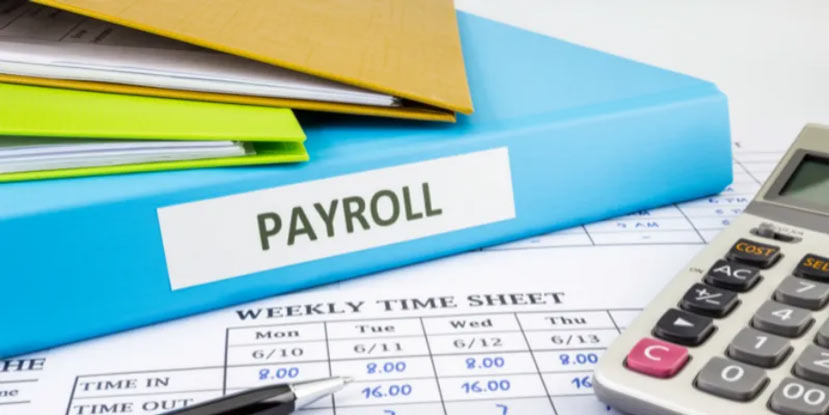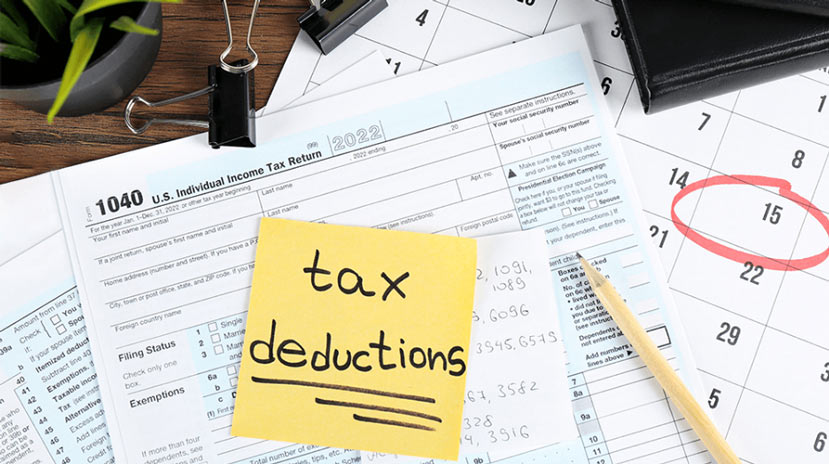How to Spend Your PPP Funds?
Susan Kelly
Feb 21, 2024
Do you have a small business and need to use your Covid-19 relief funds quickly? The Paycheck Protection Program (PPP), created by the CARES Act in 2020, has provided financial assistance to millions of Americans who are self-employed or own businesses.
With this money comes an obligation for owners to spend it appropriately: put it towards payroll costs, mortgage interest, rent payments, utilities, and more. If done correctly, the PPP can help save jobs and keep small businesses afloat during tough times.
In this blog post, we'll explore how best to utilize these funds so that your organization can weather any storm while avoiding costly penalties for misuse of funds. Read on for helpful tips on navigating the sometimes tricky world of spending PPP money!
Identifying eligible expenses for PPP Loan Funds
The Paycheck Protection Program (PPP) loan funds can cover various eligible expenses for your small business. These include payroll costs, mortgage interest payments, rent payments, and utility payments.
In addition to these core covered expenses, PPP borrowers can use the money for operational costs like supplies and equipment. To ensure proper usage of the funds, it's important to identify which expenses qualify as eligible under the program.
Payroll Costs
Include salary, wages, commissions, or tips paid to employees earning less than $100K annually. It also includes vacation pay, family and medical leave pay, group health care benefits, and state/local taxes imposed on those items.
Additionally, you can use the funds for employee compensation for employees who make more than $100K, up to an annual salary of $15K.
Mortgage Interest Payments
This covers mortgage interest payments related to the real or personal property used in your business operations. Unfortunately, it does not include principal payments on mortgages.
Rent and Utility Payments
These PPP loan funds can also cover rent or lease payments (e.g., leasing equipment) and costs associated with utility services such as electricity and gas.
Operational Costs
Lastly, operational costs, such as certain supplies and equipment purchased between February 15th, 2020, to June 30th, 2021, maybe qualified expenses under the program. Supplies and equipment must be essential to your business operations to be eligible.
Prioritize which expenses to spend funds on first
When using PPP loan funds, it's important to prioritize which expenses should be covered first. To make the most of your money and maximize your return on investment, you should focus on covering payroll costs and operational expenses essential to keeping your business running.
Payroll costs should be at the top of the list when prioritizing how to spend PPP loan funds. Paying employee salaries is key to helping retain staff and ensuring job stability during tough economic times.
Additionally, investing in employee wages helps maintain morale and productivity levels needed for businesses to remain competitive.
Next, consider operational costs related to supplies and equipment necessary for day-to-day operations. Things like computers or office furniture are considered eligible expenses and should be purchased as soon as possible to ensure the necessary items are available.
Rent and mortgage interest payments should also be high for prioritizing which expenses to spend funds on first. While not necessarily essential to day-to-day operations, these costs will help you keep your business afloat while navigating the economic turmoil caused by Covid-19.
Consider a qualified loan forgiveness program
The Paycheck Protection Program (PPP) loan forgiveness program can provide business owners financial relief after using PPP funds to pay qualifying expenses.
You may be eligible for loan forgiveness if you've used the funds for eligible expenses such as payroll costs, mortgage interest, rent payments, and utility payments. You must submit a forgiveness application to your lender to apply for loan forgiveness.
To receive full or partial loan forgiveness, borrowers must meet certain criteria: maintain their current employee count and salary levels during a specific period, retain documents demonstrating how the money was spent, and use at least 60% of the funds towards payroll costs. You may be eligible for loan forgiveness if all these conditions are met.
If your application is approved, the lender will reduce or forgive all remaining payment obligations on the loan. The amount of funds forgiven depends on how much the loan was used towards the aforementioned qualified expenses.
The Small Business Administration (SBA) also has a Loan Forgiveness Calculator to help you estimate your potential savings.
Start tracking your business expenses detailed in the loan agreement
The Paycheck Protection Program (PPP) loan agreement outlines which expenses qualify for loan forgiveness. To ensure proper tracking of eligible expenses, it's important to understand and document what qualifies for loan forgiveness.
To make this process easier, use bookkeeping software or a spreadsheet to track all your business expenses. This will help you quickly identify discrepancies between the funds spent and the PPP loan agreement before submitting your application for potential loan forgiveness.
Look into tax deductions that may help offset the cost of your PPP loan
Additionally, interest on these funds can be deducted from yoUnder the Coronavirus Aid, Relief and Economic Security (CARES) Act, businesses that receive PPP funds can take advantage of certain tax deductions. These include payroll costs, mortgage payments, rent payments, and other qualifying operational costs.
ur taxes. To maximize your savings, consult a qualified accountant to ensure all deductible expenses are included before filing your taxes.
Plan and save leftover funds for future needs
When utilizing Paycheck Protection Program (PPP) loan funds, it's important to be mindful of any leftover money and use it wisely. To ensure the best possible outcome for your organization, you should plan and save any remaining funds for future needs.
One option is to set aside some unused PPP loan funds into an emergency reserve account. This will give you the financial stability needed to weather any unexpected business expenses that may arise. It's also wise to ensure your business is adequately covered with insurance so that unforeseen costs can be balanced out by insurance payouts if necessary.
FAQs
Q: How should I be spending my PPP funds?
A: The Paycheck Protection Program (PPP) provides financial assistance to small business owners and self-employed individuals. It is important to spend these funds appropriately, which includes using them for payroll costs, mortgage interest payments, rent payments, utilities, and other related expenses as outlined by the CARES Act. Doing so can help keep your employees in their jobs and ensure your business stays afloat during difficult times.
Q: Can I use the PPP money for non-payroll-related items?
A: Yes, you may use the PPP funds for approved non-payroll-related items such as mortgage interest payments, rent payments, utilities, etc. However, it is important to note that at least 60% of the funds must be used for payroll costs to qualify for loan forgiveness.
Q: What if I don’t use all of my PPP money?
A: If you do not use all of your PPP funds for qualifying expenses within the 8 to 24-week time frame, you will not be eligible for loan forgiveness and must pay back the remaining balance. Therefore, planning and ensuring you are using your PPP funds for appropriate expenses is essential.
Conclusion
The Paycheck Protection Program (PPP) has financially relieved millions of small businesses and self-employed individuals. Using these funds appropriately, as the CARES Act outlines, is important to maximize loan forgiveness and keep your business afloat during difficult times.
Spend them on payroll costs, mortgage interest payments, rent payments, utilities, etc. With careful planning and using these funds correctly, you can ensure your business remains successful for years.









